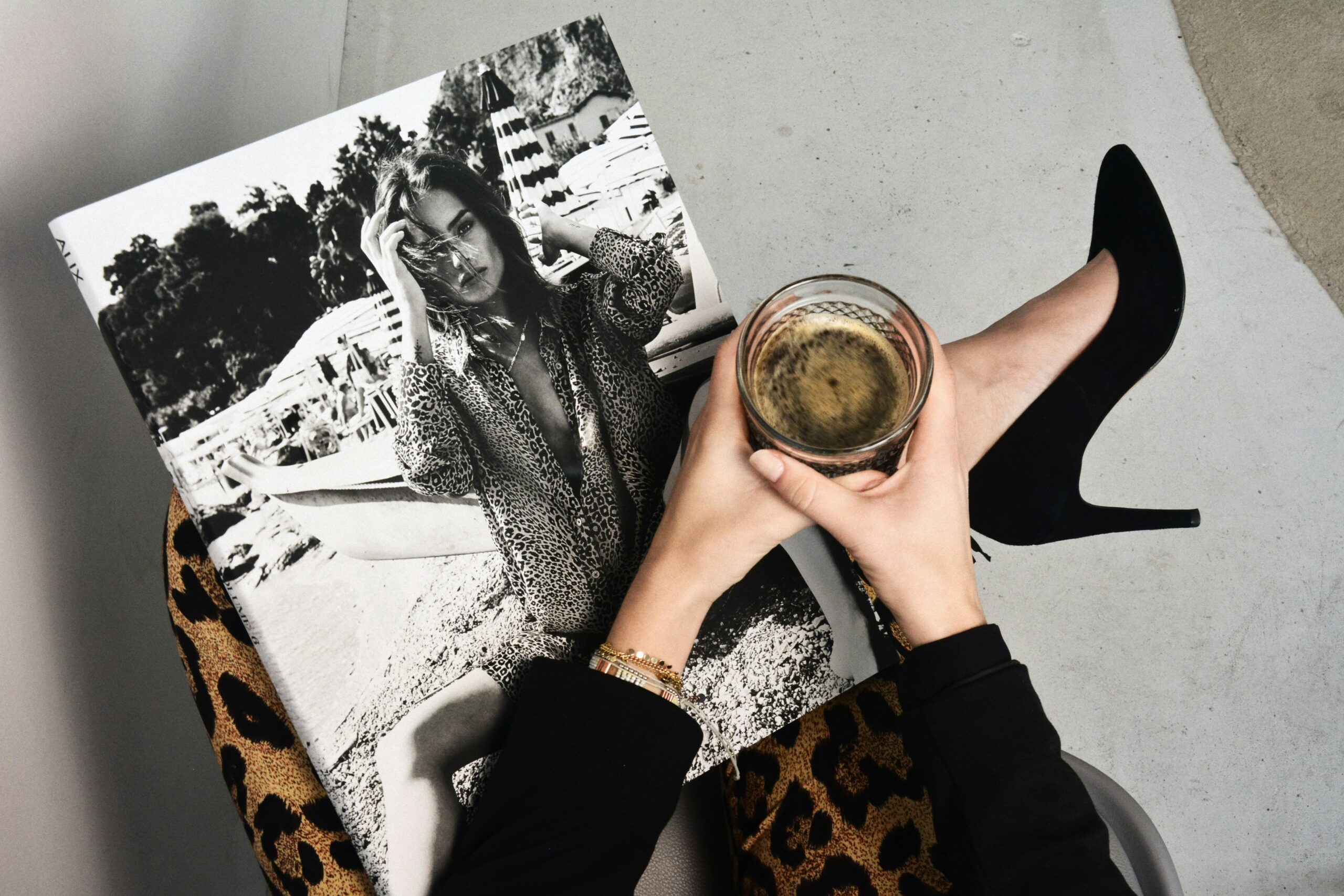

Introduction to Cultural Influences on Clothing Styles
Fashion isn’t just about fabric and threads; it’s a tapestry woven from the rich stories of cultures around the world. Every stitch tells a tale, reflecting values, traditions, and histories that shape our choices in clothing. As we navigate through diverse styles—from flamboyant streetwear to minimalist aesthetics—we uncover the profound ways culture influences what we wear.
In today’s global landscape, clothing transcends mere functionality. It becomes a canvas for self-expression and identity. With every outfit we choose, we’re not only making a fashion statement but also connecting with cultural narratives that span generations. Dive into this exploration of how various cultures inform contemporary trends while celebrating individuality in style!
Historical Overview of Clothing and Culture
Clothing has always been more than just a means of covering the body. It reflects societal norms, values, and cultural identities throughout history.
In ancient civilizations, garments often indicated social status. The rich adorned themselves with luxurious fabrics like silk and gold thread. Meanwhile, laborers wore simpler attire made from wool or linen.
As trade routes expanded, new materials and styles emerged. The exchange between cultures fostered unique blends of fashion. For example, the vibrant colors of Indian textiles influenced European designs during the Renaissance.
Religious beliefs also played a crucial role in shaping clothing choices. Certain garments became symbols of faith or adherence to tradition across various communities.
With each era came shifts in silhouettes and trends driven by art movements, political changes, and technological advances. Clothing evolved alongside human experience—mirroring cultural transformations while telling stories of identity through fabric.
How Culture Shapes Clothing Preferences and Trends
Culture is a powerful force that influences clothing preferences. It shapes how individuals express themselves and connect with their heritage.
In many societies, traditional garments carry deep meanings. These pieces tell stories of identity, history, and community values. They serve as reminders of where we come from.
Trends often emerge from cultural narratives. Designers draw inspiration from folklore, art, and regional customs. This blend results in unique styles that resonate with people on multiple levels.
Moreover, popular media plays a crucial role. Social platforms showcase diverse fashion choices worldwide, making it easier for trends to cross borders quickly.
Cultural events also inspire seasonal collections or capsule lines that celebrate specific traditions. Attire becomes more than just fabric; it transforms into a canvas reflecting social movements and changes in perspective about beauty standards.
Through these lenses, we see how culture continually reshapes our wardrobes while fostering an appreciation for global diversity.
Globalization’s Impact on Cultural Clothing Styles
Globalization has transformed the landscape of fashion and clothing styles. With increased connectivity, cultural exchange occurs at an unprecedented pace. Traditional garments from one part of the world can quickly become trendy in another.
Think about how a kimono might inspire Western designs or how African prints have found their way into global runways. These influences create a rich tapestry of stylistic innovation.
However, this blending raises questions about authenticity and appropriation. While sharing cultures can foster appreciation, it sometimes leads to commodification without understanding the significance behind certain pieces.
Moreover, fast fashion has accelerated the replication of traditional attire, often stripping away its cultural context. This phenomenon highlights a delicate balance between celebration and exploitation in today’s interconnected world.
Fashion now acts as both a unifying force and a point of contention among various cultures striving to maintain their identity amidst globalization’s expansive reach.
The Intersection of Fashion and Culture: Ethical Considerations
Fashion is a powerful medium that reflects cultural narratives. Yet, it often raises ethical questions. As styles evolve, the line between inspiration and appropriation can blur.
Cultural symbols are sometimes used without context or understanding. This leads to misrepresentation and disrespect for the cultures they originate from. Brands must tread carefully in this space.
Sustainable practices also play a critical role in these considerations. Fast fashion often exploits marginalized communities while harming the environment. Conscious brands seek to bridge culture with responsibility by honoring traditional craftsmanship and promoting fair labor practices.
The dialogue surrounding cultural influences in fashion encourages respect and learning. When consumers choose thoughtfully, they support diversity while challenging harmful norms within the industry. A deeper appreciation of various heritages elevates our global community through style, fostering connection instead of division.
Conclusion: Celebrating Diversity in Clothing Styles
Clothing is more than just fabric draped on our bodies. It’s a reflection of who we are and where we come from. Each piece tells a story, rooted in history and culture. As we’ve explored, clothing styles draw heavily from cultural influences that shape preferences, trends, and identities.
The blend of various traditions creates exciting opportunities for expression. Today’s globalized world allows us to borrow freely from one another while maintaining the uniqueness of our heritage. This exchange fosters creativity in fashion while also prompting important conversations about ethical practices within the industry.
As we celebrate diversity in clothing styles, it becomes clear that every garment has its own narrative woven into it—a narrative worth acknowledging and respecting. Embracing these differences leads to a richer understanding of each other as individuals and communities.
Fashion can serve as a bridge between cultures, encouraging dialogue rather than division. By appreciating the variety around us, we pave the way for an inclusive future where everyone feels valued through their personal choice of attire.
So next time you put together an outfit or admire someone else’s style, remember: behind every trend lies a tapestry of culture waiting to be celebrated.
